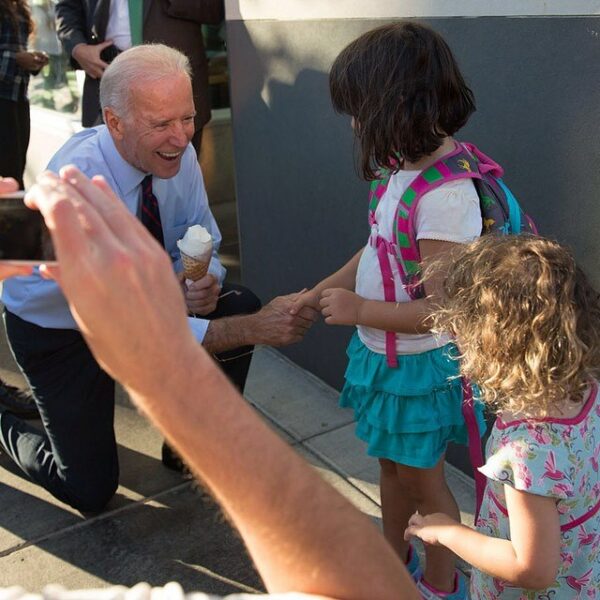Very few people believe that Joe Biden is really in charge of the country, but now there’s evidence to back up the sentiment.
While an increasing number of Americans are finding it difficult to make ends meet, the president has spent nearly half his time in the White House on vacation.
The New York Post reports:
The 81-year-old commander-in-chief has racked up 532 vacation days in less than four years — about 40% of the 1, 326 days he’s been in office.
It would take the average American — who gets 11 days a year of vacation — approximately 48 years to accumulate that number of days off, according to shocking data compiled by the Republican National Committee.
“The image of Biden fast asleep and lying flat on his back in his chair at the beach while America and the world is on fire will define the Biden presidency,” said Mark Paoletta, the general counsel of the White House budget office under former President Donald Trump.
“Inflation has been out of control; prices still way too high; our border overrun with millions of illegal aliens committing violent crimes on our citizens; the world in a perilous state; and all Biden wants to do is go on vacation and check out — for more than 530 days,” he said.
According to CNBC and SurveyMonkey’s latest Your Money International Financial Security Survey, 65% of U.S. adults report living paycheck to paycheck, up from 58% last year. The survey included responses from 498 U.S. adults.
“While last year’s survey polled more than 4,000 U.S. adults, this year, CNBC took a worldwide look at personal finance….Of those who said they live paycheck to paycheck, 35% said they would need to make $50,000 per year to feel financially secure, 44% said they’d need to make $100,000 per year and 11% said they’d need to make $500,000 per year.”
The financial concerns facing many Americans today are deeply rooted in ongoing economic challenges. A significant portion of the population, 69%, identifies inflation as their primary worry, reflecting the persistent rise in prices for goods and services. This concern is compounded by the fact that 59% of individuals are struggling with a lack of savings, which leaves them vulnerable to financial emergencies.
Credit card debt is another pressing issue, with 33% of people burdened by what has become a mounting financial load. This is particularly problematic given that the average credit card interest rate soared to a record 22.8% in 2023, as reported by Experian. The average individual credit card debt stands at $6,501, making it increasingly difficult for many to manage their finances.
Rising interest rates and medical bills are also weighing heavily on 28% of Americans, creating additional pressure on household budgets. The situation is further aggravated by the fear of layoffs or loss of income, which affects 21% of the population, and the burden of student loans, which concerns 15%.
These financial anxieties are not without basis. The Bureau of Labor Statistics reported a noticeable increase in inflation in 2024, which has exacerbated the economic strain on many households. Perhaps most alarming is the statistic that nearly half of Americans, 47%, have no emergency savings at all. This lack of a financial safety net highlights the precarious situation in which many find themselves, as even a minor unexpected expense could lead to significant financial hardship.







